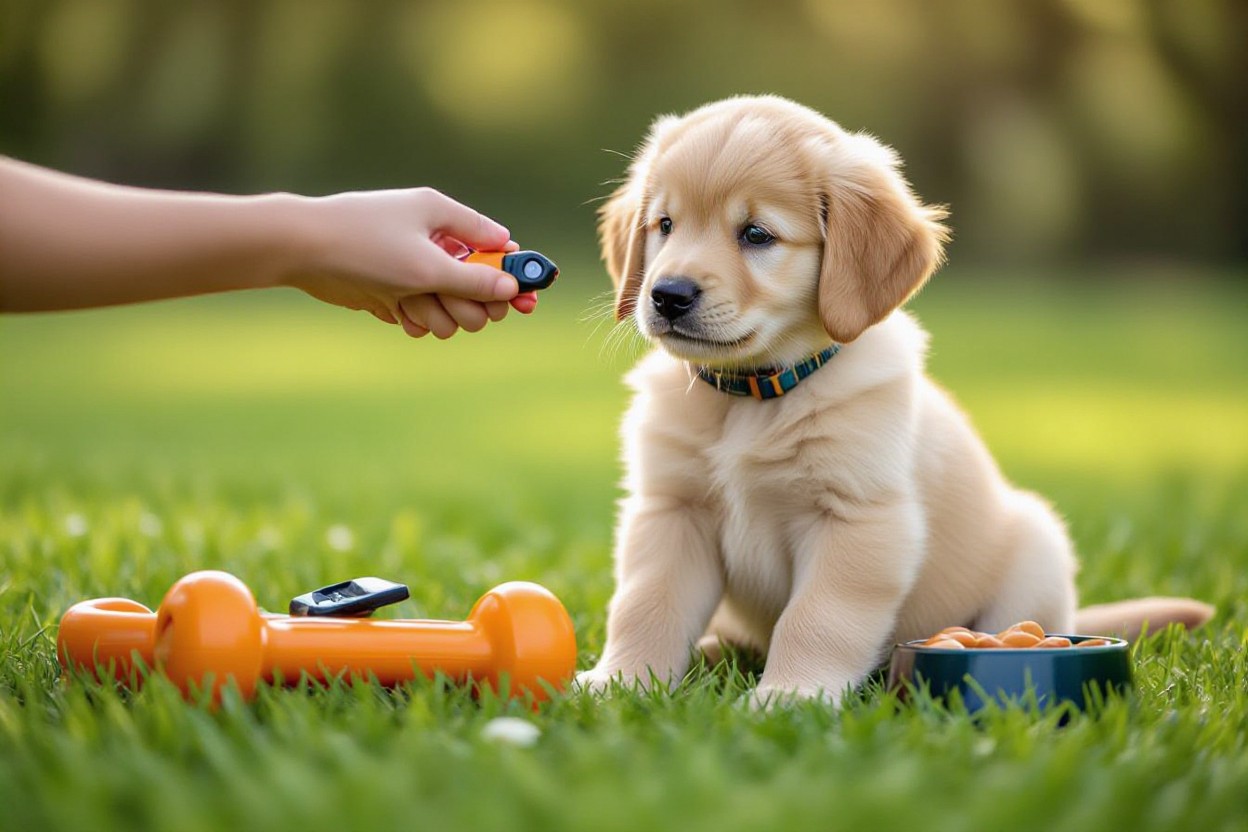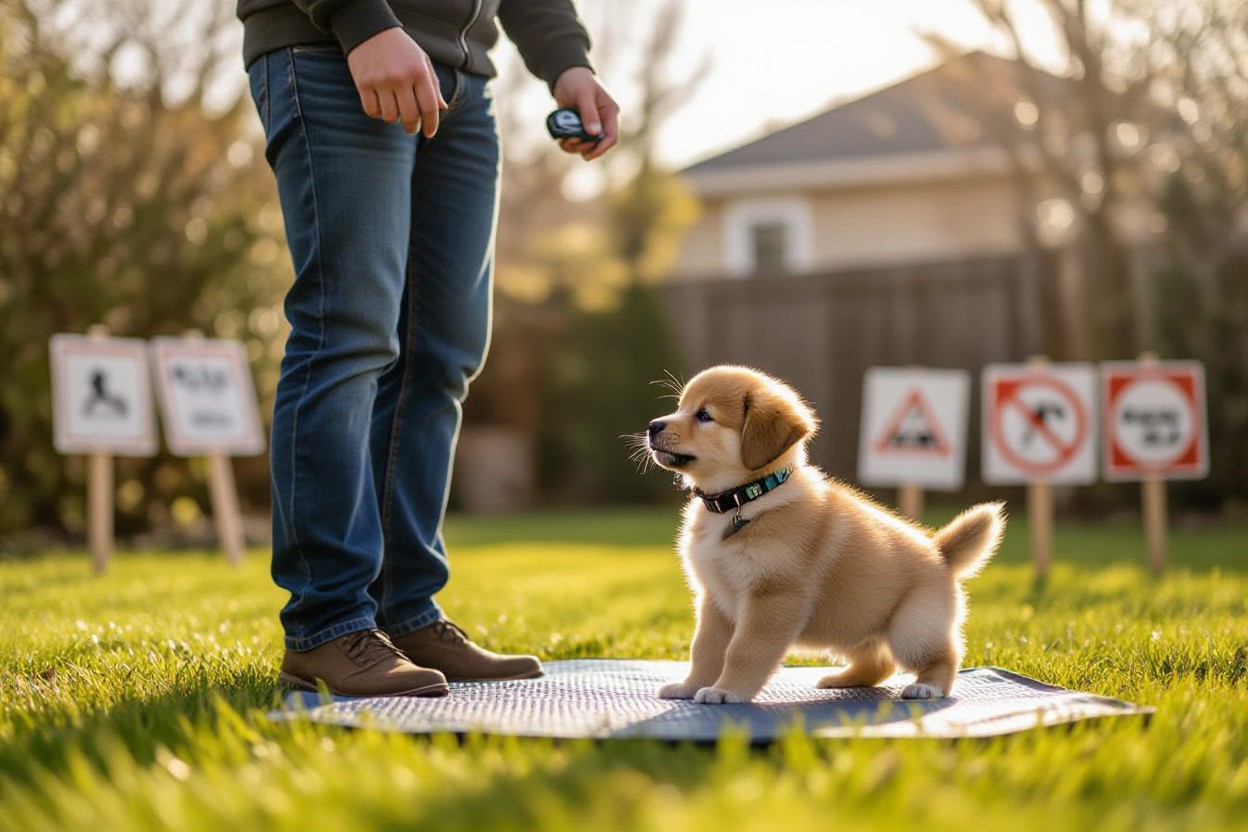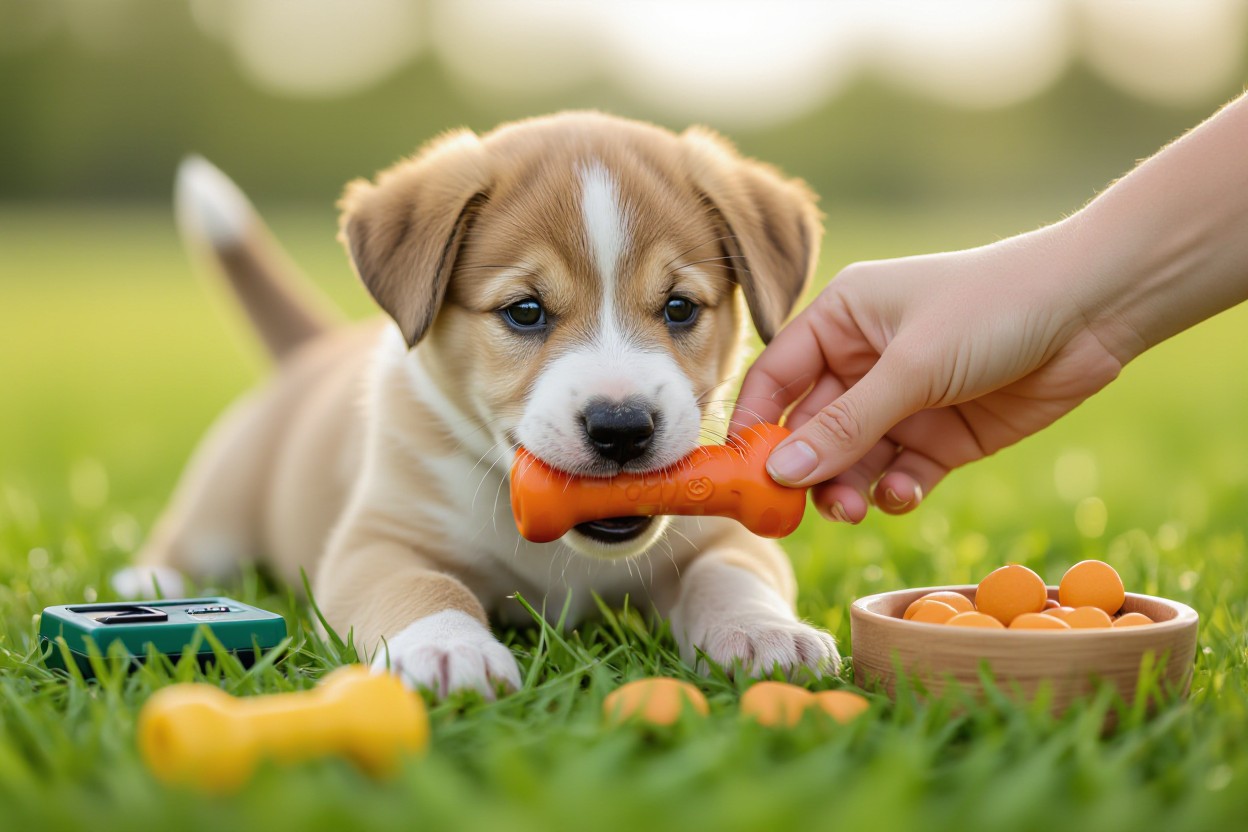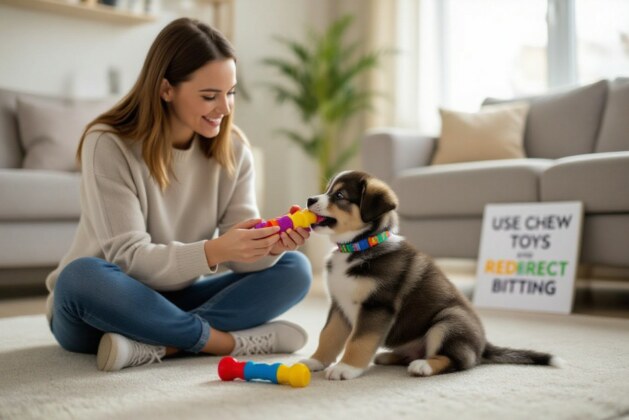Training your puppy to stop biting is vital for building a safe and positive relationship. I understand how overwhelming those sharp little teeth can be, but with the right approach, you can guide your puppy towards gentle behavior. In this post, I’ll share effective techniques that will help you curb biting early, preventing it from becoming a dangerous habit. You have the power to shape your puppy’s manners and ensure a well-behaved companion, so let’s explore the best ways to handle this common challenge.
Unpacking the Reasons Behind Puppy Biting
Understanding why your puppy bites helps tailor your approach in curbing the behavior. Puppies often bite because it serves various purposes like communication, exploration, or teething relief. Recognizing these reasons helps shift your response to compassionate guidance rather than frustration. Each puppy has its own style of interaction, so paying attention to individual patterns makes training more effective and less stressful for both of you.
Exploring Natural Instincts and Play Behavior
Puppies instinctively use their mouths to explore the world, similar to human babies. Playful biting mimics the way they would interact with their littermates, testing boundaries and learning social cues. As part of their instinct, they bite and nip to initiate play or establish hierarchy, which feels natural but needs gentle redirection when aimed at humans. Teaching alternative behaviors during this early stage can make a big difference.
Identifying Triggers: Stress, Boredom, and Teething
Stress, boredom, and teething are common triggers that fuel your puppy’s biting habit. A lack of outlets for pent-up energy or discomfort from emerging teeth leads them to resort to biting as a coping mechanism. These triggers often overlap, increasing biting frequency during periods of high stress or insufficient stimulation, so addressing the root cause can significantly reduce unwanted biting episodes.
Teething alone can cause puppies to bite more aggressively for relief, as their gums become inflamed and sensitive between 3 to 6 months of age. Stress might arise from sudden changes in their environment, like new people or loud noises, prompting defensive mouthing. Boredom sets in when your puppy lacks engaging toys or interaction, leading to biting as a way to self-entertain. Providing appropriate chew toys, maintaining a calm environment, and ensuring plenty of physical and mental exercise directly lowers these biting triggers, making training smoother and more effective.

Effective Strategies for Redirecting Biting
Shifting your puppy’s focus away from biting often involves substituting their behavior with something more acceptable. Instead of simply saying “no,” I find success by offering alternatives like chew toys or engaging activities that fulfill their natural urge to bite and gnaw. Redirecting provides an outlet for your puppy’s energy and teething needs while reinforcing boundaries. Consistency and timely intervention make this technique particularly effective, helping your pup understand which items are okay to bite and which aren’t.
Engaging with Interactive Toys and Chews
Interactive toys, such as treat-dispensing puzzles or durable chews, work wonders by keeping your puppy mentally stimulated and physically busy. I recommend options like KONG toys stuffed with peanut butter or frozen treats, which can distract and satisfy your pup’s need to bite without harm. These toys not only reduce boredom-driven chewing but also channel biting instincts into a positive direction, making training smoother and your puppy happier.
Implementing Positive Reinforcement Techniques
Positive reinforcement strengthens the behaviors you want to see by rewarding your puppy immediately when they choose an appropriate chew item or stop biting on command. I use treats, praise, and petting to mark good behavior, which helps your puppy associate gentle mouth manners with positive outcomes. Repeating this process consistently builds a habit and accelerates learning.
Diving deeper, timing plays a vital role in positive reinforcement. For example, when your puppy goes for a chew toy instead of your fingers, offering a small treat within seconds reinforces the choice effectively. Incorporating a distinct verbal cue like “gentle” or “good bite” paired with rewards helps your pup connect the command with the behavior, making it easier to generalize this polite mouthing across different environments and situations.

Establishing Clear Boundaries and Commands
Setting firm, consistent boundaries provides your puppy with a reliable framework for acceptable behavior. When you decide which actions are off-limits—like biting hands or furniture—communicate them through simple, clear commands. Using consistent language such as “No Bite” or “Leave It” helps your puppy associate words with behaviors effectively. The goal is to make rules predictable so your puppy knows what is expected and what will not be tolerated, which reduces confusion and encourages quicker learning.
Teaching “No Bite” and Other Essential Commands
Introducing commands like “No Bite” requires hands-on practice paired with immediate positive or negative feedback. Give the command firmly when your puppy attempts to nip, then gently redirect their attention to an appropriate chew toy. Employing rewards such as treats or praise upon obeying reinforces desired behaviors. Incorporating other commands like “Sit” or “Leave It” can strengthen overall obedience, providing your puppy with alternatives when they feel tempted to bite or mouth on objects or skin.
Consistency is Key: The Role of Household Engagement
All family members must use the same commands and enforce the same rules to prevent mixed signals. Puppies can become confused if one person tolerates biting while another reacts negatively, which can undermine training efforts. Coordinating approaches ensures that your puppy receives unified messages, making behavior expectations clear and training more effective.
Engaging everyone in the household not only makes training smoother but also accelerates your puppy’s understanding of boundaries. For example, if only you consistently intervene when your puppy bites, but others play rough, the puppy learns conflicting lessons about what’s acceptable. Establishing a household-wide training plan with agreed-upon commands and consequences creates a stable environment, reducing frustration for both puppy and trainer. This unified front has been a key element in successful behavior modification cases I’ve encountered, boosting both obedience and trust.

Understanding When Professional Help is Needed
Sometimes, despite consistent training and patience, a puppy’s biting escalates beyond typical mouthing into more persistent or aggressive behavior. This signals a need for professional intervention. Persistent biting causing injury, fear, or signs of dominance can overwhelm your efforts and may require specialized training techniques or behavioral assessments that only experienced trainers or veterinary behaviorists can provide. Knowing when to pause your own methods and consult experts ensures your puppy’s safety and social development while preventing long-term behavioral problems.
Recognizing Signs of Aggressive Behavior
If your puppy exhibits intense snarling, lunging, or biting that breaks the skin repeatedly, these indicate aggressive tendencies rather than playful mouthing. Growling that escalates into snapping or attacks, especially when triggered by touch or food guarding, also signals aggression. These behaviors go beyond typical puppy play and suggest fear, anxiety, or early dominance issues. Noticing these signs early can prevent dangerous encounters, especially if young children or other pets are involved in your household.
Seeking Guidance from a Professional Trainer
Professional trainers bring tailored strategies that adapt to your puppy’s temperament, age, and biting issues. Through hands-on sessions, trainers use positive reinforcement, desensitization, and redirection techniques refined by experience across many breeds and behavior patterns. They can design step-by-step plans that give you confidence in managing biting safely and effectively. Additionally, trainers help you read subtle body language cues, so you address problems before they worsen.
Working with a professional not only accelerates your puppy’s progress but also reduces your frustration and uncertainty. Many trainers offer personalized evaluations and follow-ups, combining behavior modification with socialization exercises that build your puppy’s confidence. Programs focused on bite inhibition training often include real-time feedback, which adjusts techniques based on your puppy’s response, ensuring happier interactions both at home and in public settings.
Building a Lasting Bond Through Alternative Activities
Redirecting your puppy’s energy into activities beyond mouthing not only minimizes biting but also strengthens your relationship. Activities like fetch, puzzle toys, and gentle tug-of-war provide healthy outlets for their natural play instincts while encouraging self-control. Consistent engagement helps your puppy associate positive experiences with you, reinforcing trust and respect. By investing time in varied interactive play, you create a foundation where your dog looks to you for guidance and companionship, reducing the urge to bite out of boredom or frustration.
The Benefits of Structured Play and Training
Structured play sessions blend fun with focus, teaching your puppy to channel excitement appropriately. Training commands such as “sit,” “stay,” and “leave it,” practiced during play, enhance impulse control and obedience. These sessions habituate your pup to following rules in stimulating environments, improving behavior over time. Consistent, brief training periods—around 5 to 10 minutes daily—yield the best results, ensuring your puppy doesn’t become overwhelmed but remains attentive and engaged.
Incorporating Socialization with Other Dogs
Introducing your puppy to well-mannered dogs through supervised playdates exposes them to proper interaction cues, reducing anxiety and nipping behavior. Socialization helps puppies interpret bite inhibition and understand play boundaries, which is often difficult to teach in human-only settings. I recommend starting with calm adult dogs experienced in gentle play, providing a real-world context for your puppy to practice self-control and communication skills.
Expanding on socialization, allowing your puppy to meet a variety of dogs in different settings—including puppy classes, dog parks during off-peak hours, or controlled meet-and-greets—broadens their social skills and confidence. Positive experiences with peers teach your puppy that interaction doesn’t require biting to gain attention or assert dominance. Over time, these encounters contribute to reduced biting incidents and promote a well-adjusted adult dog comfortable in diverse situations.
Final Words
From above, I understand that stopping your puppy from biting requires patience and consistency in training. By using simple techniques like redirection, positive reinforcement, and setting clear boundaries, you can teach your puppy appropriate behavior. I encourage you to stay calm during the process and be persistent with your efforts. With time, your puppy will learn to control their biting instincts, leading to a happier and safer relationship between you and your furry friend.





Leave a comment